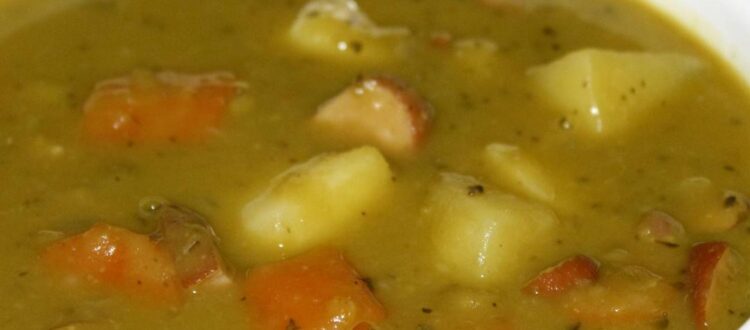Discover the Cultural Charm of German Pan-Fried Potatoes: Tradition, History, and Culinary Delight German cuisine is celebrated for its hearty, flavor-packed dishes that comfort the soul. Among them, German pan-fried potatoes, known as Bratkartoffeln, hold a special place. This dish, rooted in centuries of tradition, is a versatile component of both home cooking and gastronomy. In this blog post, we explore what Bratkartoffeln are, compare the merits of using raw versus pre-cooked potatoes, and .























